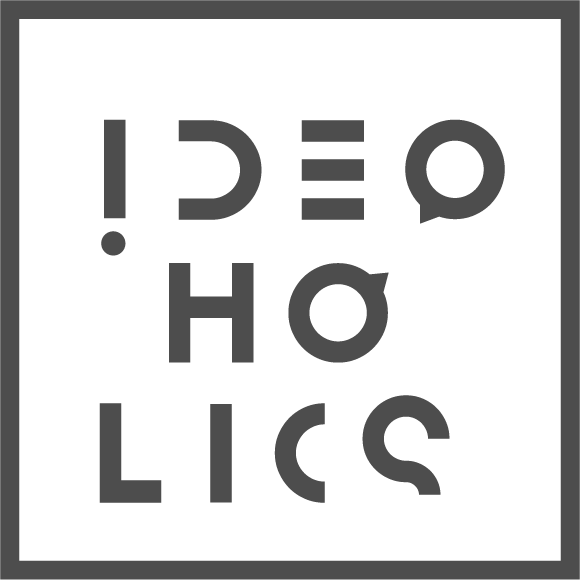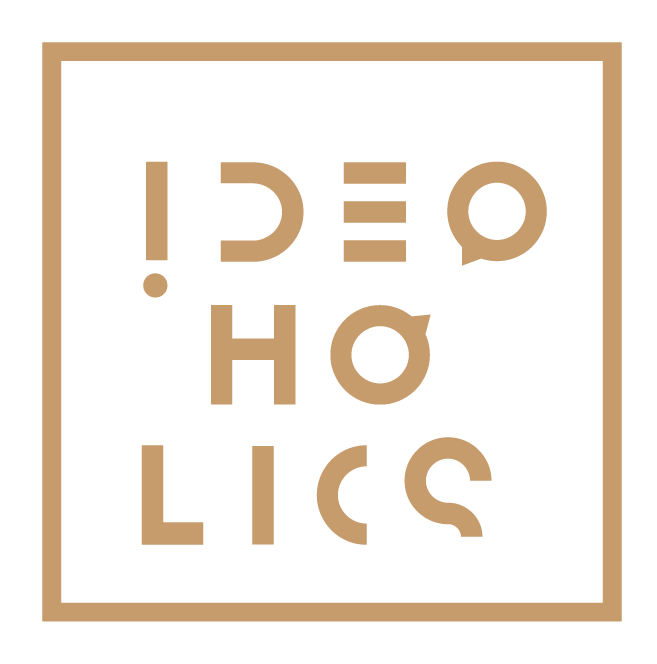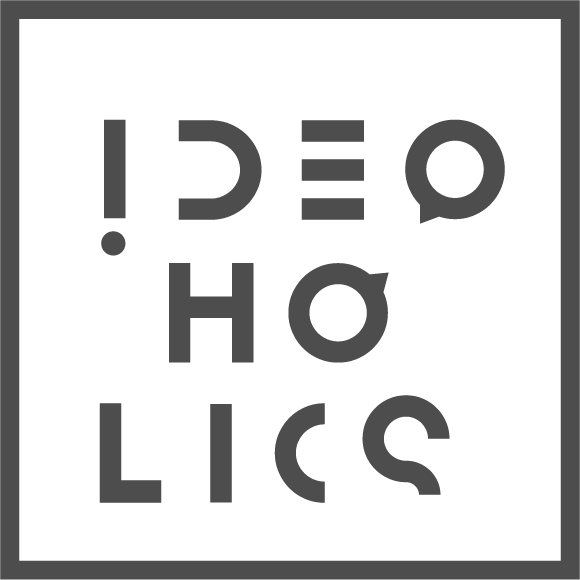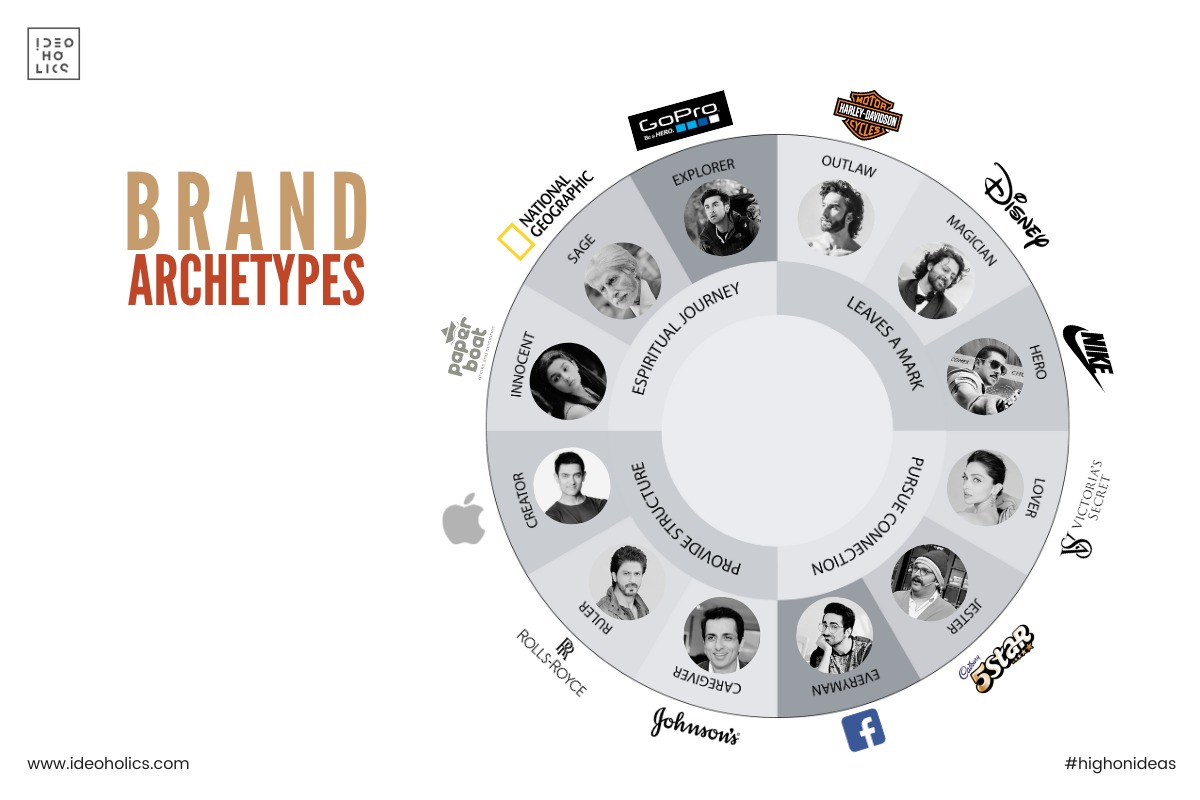
Nurturing Hope: Embracing the Caregiver Brand Archetype through Sonu Sood’s Compassionate Persona
Introduction:
In the vast realm of branding, there exists an archetype that embodies the virtues of compassion, support, and nurturing—the Caregiver. With a heart full of empathy and a spirit of service, brands embodying the Caregiver archetype inspire individuals to care for one another, protect the vulnerable, and create a world filled with kindness and compassion. In this blog post, we delve into the nurturing world of the Caregiver archetype, exploring its characteristics, message, drive, strategy, fears, and real-world examples exemplified by iconic brands such as PETA, Dabur, UNICEF, and Johnsons. Sonu Sood embodies the Caregiver archetype, selflessly aiding others with compassion, empathy, and a relentless dedication to humanitarian causes.

Brand Description:
The Caregiver brand archetype is dedicated to the well-being and welfare of others. It represents the embodiment of care, protection, and nurturing. Brands embodying the Caregiver archetype serve as pillars of support and compassion, extending a helping hand to those in need and offering comfort and solace to the vulnerable. They stand as beacons of empathy and kindness, inspiring audiences to lend a helping hand and make a positive impact on the lives of others.
Brand Voice:
Caring, reassuring, and warm—these are the defining traits of the Caregiver brand voice. It speaks with compassion and empathy, offering comfort and support to those who seek it. The Caregiver brand voice is gentle and soothing, conveying a sense of warmth and understanding. It exudes a nurturing presence, instilling hope and confidence in its audience. It reassures individuals that they are not alone and that help is always available when needed.
Brand Message:
“Everyone deserves care, and we must all strive to bestow service upon one another.” This heartfelt message encapsulates the essence of the Caregiver archetype. It reminds individuals that compassion and kindness are the cornerstones of a caring society. The Caregiver brand message celebrates the power of service and support, urging audiences to extend a helping hand to those in need and create a community built on empathy and understanding. It instills a sense of responsibility and duty, inspiring individuals to care for one another and make a positive difference in the world.
Brand Drive:
Support, help, service, recognition, and gratitude—these are the driving forces behind the Caregiver archetype. It seeks to uplift and empower others, offering assistance and guidance to those who need it most. With a deep sense of compassion and empathy, the Caregiver brand inspires audiences to lend a helping hand and make a meaningful impact on the lives of others. It celebrates the power of recognition and gratitude, acknowledging the selfless acts of kindness and compassion that make the world a better place.
Brand Strategy:
The Caregiver brand strategy revolves around putting others before self and embracing the greater good. It seeks to foster a culture of empathy and compassion, encouraging individuals to prioritize the welfare of others above their own needs. Through acts of kindness and service, the Caregiver brand demonstrates the power of selflessness and sacrifice in creating a more caring and compassionate society. It leverages its platform to raise awareness about important social issues and inspire others to join in the effort to make the world a better place for all.
Real Brand Examples:
PETA: With its dedication to animal welfare and advocacy, PETA embodies the Caregiver archetype. The brand works tirelessly to protect and defend the rights of animals, inspiring compassion and empathy in audiences worldwide.
Dabur: Known for its natural healthcare products and wellness initiatives, Dabur represents the Caregiver archetype. The brand promotes holistic health and well-being, empowering individuals to take control of their health and lead fulfilling lives.
UNICEF: As a leading humanitarian organization, UNICEF exemplifies the Caregiver archetype. The brand works to improve the lives of children around the world, providing vital support and resources to vulnerable communities in need.
Johnsons: With its range of baby care products and parenting resources, Johnsons embodies the Caregiver archetype. The brand supports parents in caring for their children, offering gentle and nurturing products that prioritize the well-being of infants and toddlers.
Brand Fears:
Anguish, helplessness, ingratitude, neglect, and blame—these are the fears that haunt the Caregiver archetype. It recoils at the thought of witnessing suffering and neglect, knowing that every individual deserves to be cared for and protected. The Caregiver brand fears helplessness and anguish, recognizing that there are limits to what can be done to alleviate the pain and suffering of others. It rejects ingratitude and blame, striving instead to cultivate a culture of appreciation and empathy in which every act of kindness is recognized and valued.
Conclusion:
In a world filled with challenges and hardships, the Caregiver archetype stands as a beacon of hope and compassion, inspiring individuals to lend a helping hand and make a positive impact on the lives of others. As exemplified by iconic brands such as PETA, Dabur, UNICEF, and Johnsons, the Caregiver archetype celebrates the power of kindness and empathy in creating a more caring and compassionate society. So, let us embrace the spirit of compassion and empathy, and work together to create a world where everyone feels valued, supported, and cared for.







